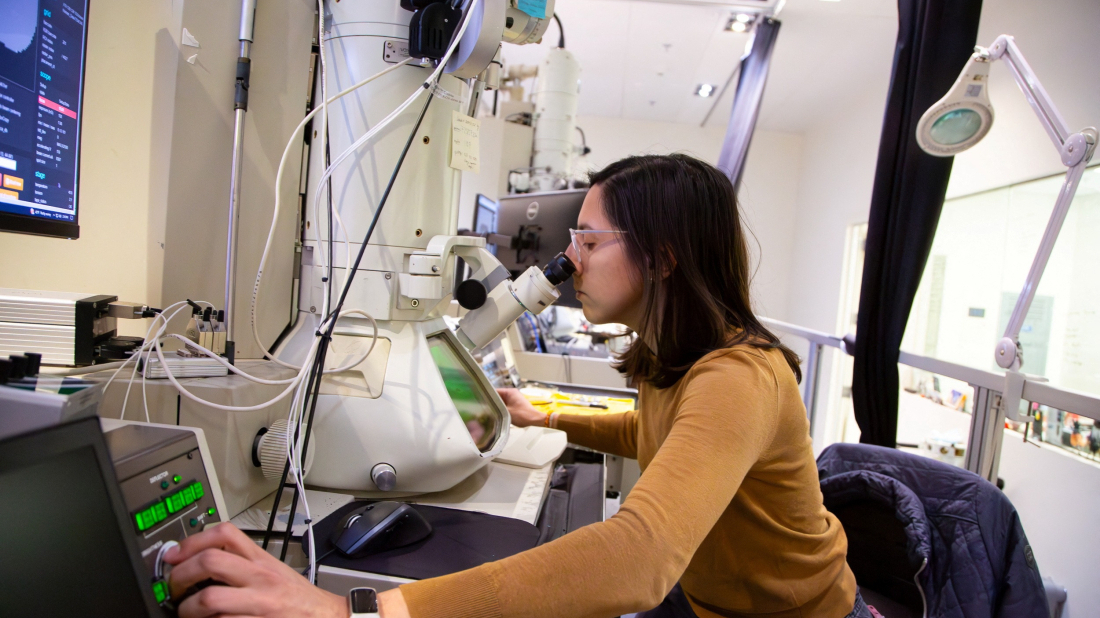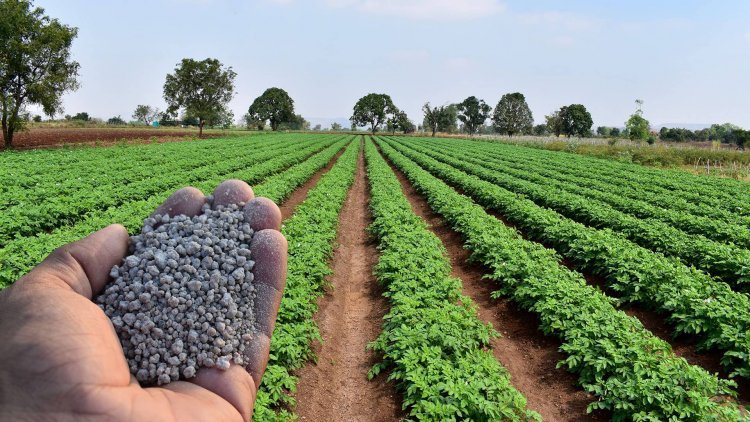- Courses
- GS Full Course 1 Year
- GS Full Course 2 Year
- GS Full Course 3 Year
- GS Full Course Till Selection
- Answer Alpha: Mains 2025 Mentorship
- MEP (Mains Enrichment Programme) Data, Facts
- Essay Target – 150+ Marks
- Online Program
- GS Recorded Course
- Polity
- Geography
- Economy
- Ancient, Medieval and Art & Culture AMAC
- Modern India, Post Independence & World History
- Environment
- Governance
- Science & Technology
- International Relations and Internal Security
- Disaster Management
- Ethics
- NCERT Current Affairs
- Indian Society and Social Issue
- NCERT- Science and Technology
- NCERT - Geography
- NCERT - Ancient History
- NCERT- World History
- NCERT Modern History
- CSAT
- 5 LAYERED ARJUNA Mentorship
- Public Administration Optional
- ABOUT US
- OUR TOPPERS
- TEST SERIES
- FREE STUDY MATERIAL
- VIDEOS
- CONTACT US
First Human Case of Screwworm Myiasis Reported in Mexico
First Human Case of Screwworm Myiasis Reported in Mexico
23-04-2025

- Recently, Mexico’s Health Ministry has confirmed the first-ever human case of myiasis caused by the New World screwworm (NWS).
- The infection was detected in a 77-year-old woman from Acacoyagua, a municipality in the southern state of Chiapas.
- Authorities have reported that the patient is in stable condition and currently undergoing antibiotic treatment.
What is Myiasis?
- Myiasis is a parasitic infection that occurs when fly larvae (maggots) infest human or animal tissue.
- The larvae feed on living or necrotic flesh, typically entering through open wounds, mucous membranes, or natural body openings such as the nose, eyes, or mouth.
- If left untreated, this infestation can lead to severe tissue damage, secondary infections, and significant pain, although it is generally not fatal.
About the New World Screwworm (Cochliomyia hominivorax)
- The New World screwworm (Cochliomyia hominivorax) is a fly species known for its aggressive parasitic behavior.
- It is named for the unique, spiral-like motion of its larvae as they burrow ("screw") into living tissue.
- According to the Centers for Disease Control and Prevention (CDC), NWS infestations are primarily found in livestock, but in rare cases, they can also affect pets, birds, and humans.
- Screwworm flies are attracted to open wounds and mucous membranes, where they lay clusters of 200–300 eggs.
- Over a female fly's 10–30 day lifespan, she may lay up to 3,000 eggs.
- After hatching, the larvae tear into living tissue using sharp mouth hooks, feeding and causing extensive tissue damage. They eventually drop to the ground to pupate, later emerging as adult flies, thereby continuing the cycle.
Historical Context and Spread
- Historically, the New World screwworm was eradicated from the United States and Mexico through sustained control programs involving the release of sterile male flies.
- However, the species remains endemic to parts of South America and the Caribbean, posing a continuous threat to regions with tropical or subtropical climates.
- In humans, cases are extremely rare but possible, especially in areas where the fly is present and risk factors such as open wounds, poor hygiene, or proximity to livestock exist.
Symptoms of Screwworm Myiasis
While not usually fatal, screwworm myiasis can be extremely painful and debilitating. Symptoms may include:
- Unexplained skin lesions or wounds that do not heal
- Painful sores that worsen over time
- Bleeding or discharge from open wounds
- A foul-smelling odor from the infested area
- Sensation of movement under the skin or in natural openings like the eyes, nose, or mouth
- Visible maggots (larvae) in or around the affected site
- Fever or chills in cases of secondary bacterial infections
Who is at Risk?
According to the CDC, the risk of NWS myiasis is significantly higher for individuals who:
- Travel to endemic areas in South America or the Caribbean
- Have open wounds, even as small as insect bites or scratches
- Have weakened immune systems due to HIV, cancer, or immunosuppressive medications
- Sleep outdoors or work in close proximity to livestock
- Suffer from chronic medical conditions that cause open sores, such as skin or sinus cancers
Implications for India
- India’s large livestock-reliant population and tropical climate make it vulnerable
- Strengthening One Health approaches integrating veterinary and human health
- Need for early detection systems and public education on wound care and fly-borne diseases
- Focus on biosecurity, especially in animal husbandry and rural healthcare sectors
Treatment and Management
- Physical removal of larvae (may require surgery)
- Antibiotics to prevent/treat bacterial infections
- Self-removal not recommended
Prevention Strategies
- Keeping open wounds clean and properly covered
- Using EPA-registered insect repellents
- Wearing protective clothing (long sleeves, pants, socks)
- Treating clothing with permethrin (0.5%)
- Avoiding sleeping outdoors or using insect-proof screens
- Practicing good personal hygiene and wound care when handling livestock
The case in Mexico is a public health alert that underscores the risk of neglected tropical diseases in regions with high exposure to livestock and poor sanitation. For India, it is an opportunity to proactively strengthen surveillance, raise awareness, and invest in integrated zoonotic disease control frameworks.
|
Also Read |
|
| NCERT Books For UPSC | |
| UPSC Monthly Magazine | Best IAS Coaching in Delhi |




